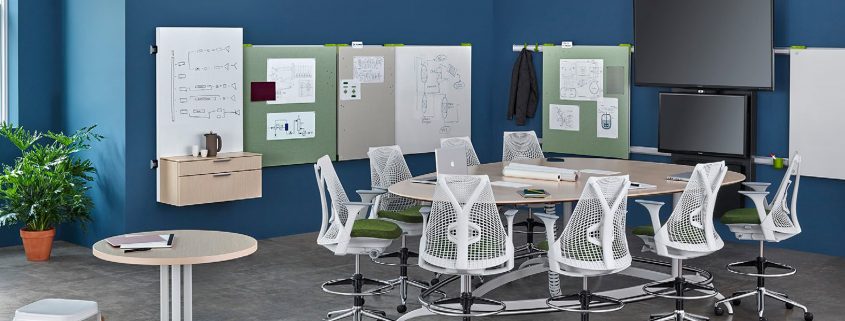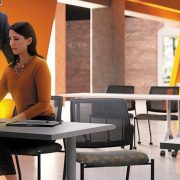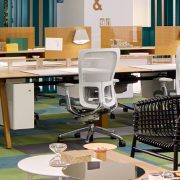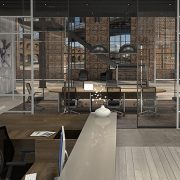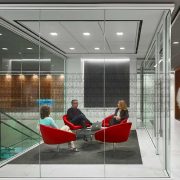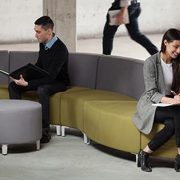WATER COOLER CHAT: Understanding Collaborative Work
Collaborative work has inspired most of the office furniture and workplace design changes for decades. For years, business leaders have understood that teamwork improves corporate success. More than a decade ago, nearly 80 percent of senior executives surveyed were already indicating that effective collaboration was crucial for growth. Today, the stakes are even higher. More and more organizations rely on the innovative thinking of their high-performing teams for collaborative work that makes a difference. But leaders struggle to create workplace environments that help people think and work together.
More and more organizations rely on the innovative thinking of their high-performing teams. But leaders struggle to create workplace environments that help people think and work together. “Collaboration is the way we work now,” writes Stern School of Business Professor Anat Lechner. “Unfortunately, our legacy work environments—dominated by offices or cubes— rarely match this new reality.
The workplace can enhance collaboration by optimizing social interaction, through the use of analog as well as digital tools, and by allowing for free movement and postural change. Adjustable height desks, free-range work, and flexible workspaces have evolved this dynamic even further.
Herman Miller conducted this research. Based on a deep understanding of the ways collaborative thought is distributed among groups of minds as well as the tools they use and the places where they interact, Exclave helps people participate more fully in the process of solving problems and generating ideas.

